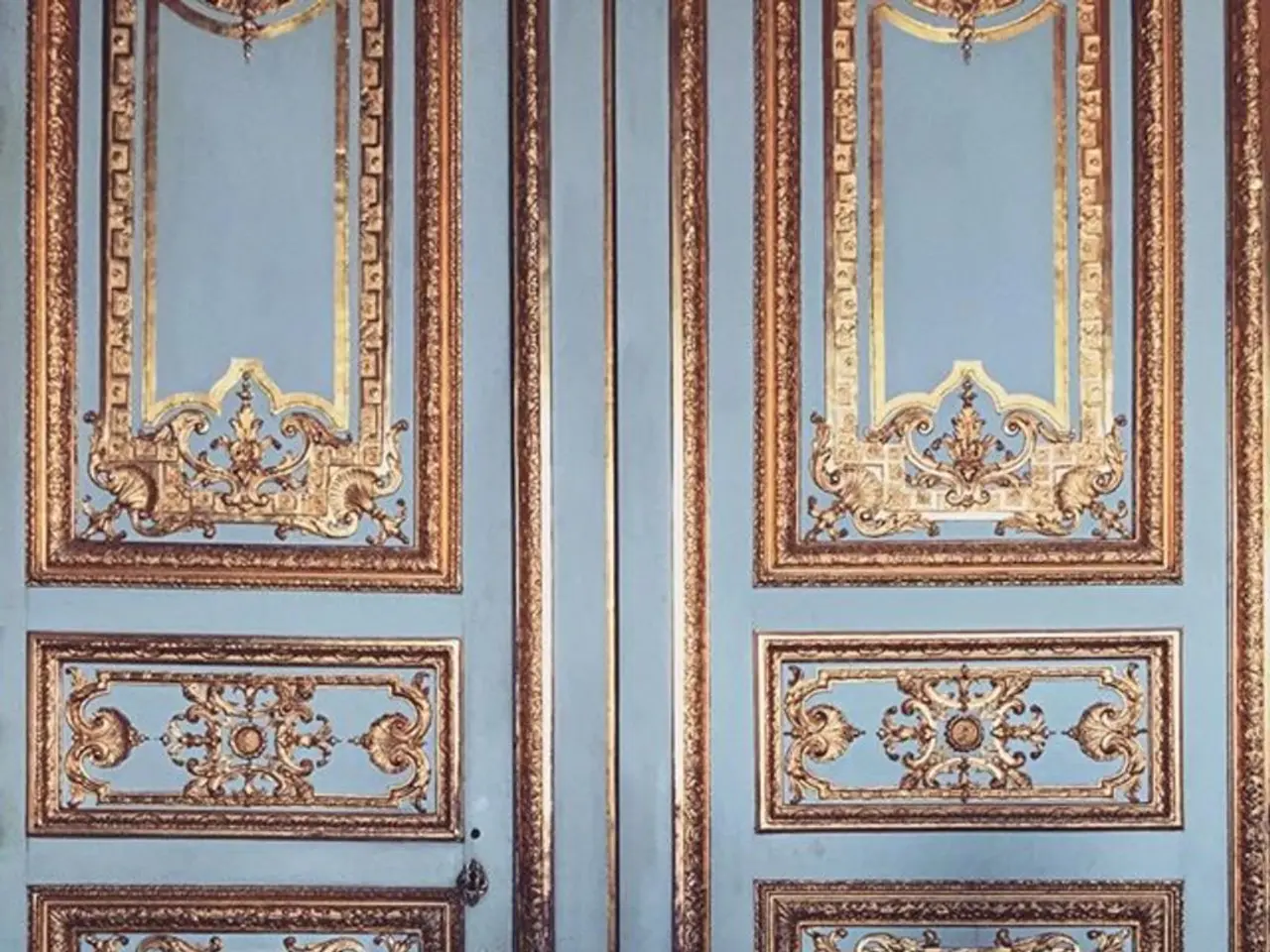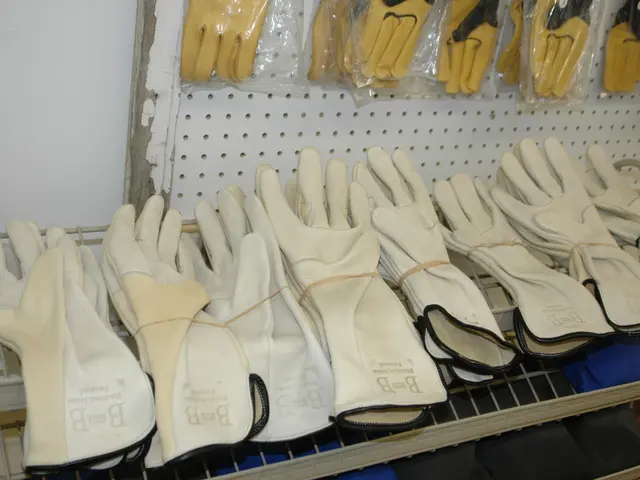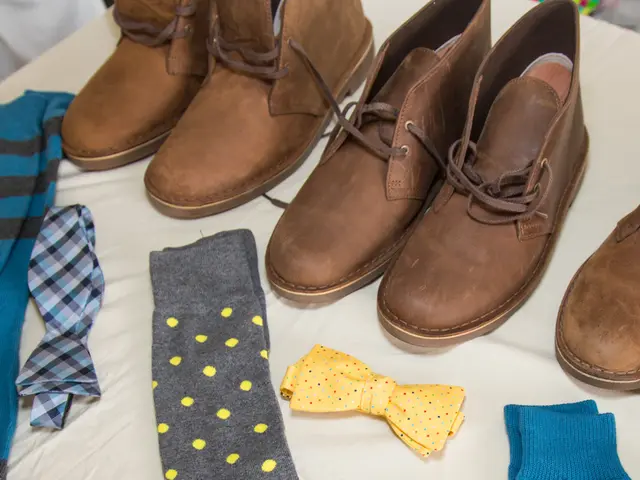Industrial upcycling art transformation: reimagining waste as high-end creations
In a world where sustainability and creativity intertwine, innovative techniques are transforming industrial waste into high-quality design objects, artworks, and functional furniture. This revolution in recycling and upcycling is driven by advanced processes and a fresh perspective on what can be considered beautiful.
The journey begins with chemical recycling and advanced conversion, where processes such as pyrolysis break down plastic waste into valuable materials like carbon nanotubes and hydrogen. These components can then be used in creating high-performance composites or new industrial inputs, promoting cleaner recycling with economic incentives.
Innovations in high-purity material sorting and recycling play a crucial role too. Advanced sorting technologies enable the extraction of high-purity recycled materials from complex, contaminated industrial waste streams. For example, up to 70% recycled content can be found in premium Medium-Density Fibreboard (MDF), suitable for furniture-grade applications without compromising quality or finish.
Upcycling, however, is not just about the science. It's an artistic process that requires a creative vision and skilled craftsmanship. By assessing the potential of discarded materials, creatively planning transformations, and executing them through cutting, assembling, painting, or other methods, upcyclers breathe new life into industrial waste, creating products that are better, more beautiful, or functional than their original form.
Digital and sustainable manufacturing technologies also contribute to this transformation. Advanced digital printing and automated manufacturing techniques enable precise decoration and customization of recycled or sustainable materials, reducing waste and energy consumption. For instance, digital printing on recycled surfaces can preserve aesthetic quality and historic authenticity in interior decor or art installations, merging sustainability with design innovation.
Mechanical connections for upcycling projects go beyond simple screwing and nailing. Innovative joining techniques like interlocking systems and magnetic solutions are crucial for connecting unconventional materials in a flexible and aesthetically pleasing manner. In metalworking, techniques such as welding and patination can be used to transform rusty surfaces into fascinating textures.
Targeted texturization can create tactile experiences and tell the story of the material. In wood preparation, weathered wood can be revived through sanding, oiling, or staining without losing its original character. Natural coloring methods and modern powder coatings are available for achieving desired looks. The final sealing serves protection and can set aesthetic accents.
Shaping the future with the past is a philosophy that unites sustainability, creativity, and resource respect. By upcycling old machine parts, discarded metal sheets, and grating, we challenge ourselves to think differently and find beauty in what seems worthless. Upcycling bridges gaps between past and future, function and aesthetics, industry and art.
In conclusion, the transformation of industrial waste into functional, durable, and artistically appealing objects like furniture and artworks is a testament to human ingenuity and our commitment to a sustainable future. By combining chemical processes, material science, advanced sorting, and skilled crafting/upcycling techniques, we can ensure both sustainability and high-quality end products.
Science and environmental-science play pivotal roles in transforming industrial waste, as chemical recycling and advanced sorting technologies break down waste into valuable materials for high-performance composites and functional furniture. Fashion-and-beauty is interwoven too, with digital printing and automated manufacturing techniques offering precise decoration and customization, preserving aesthetic quality while promoting sustainability. In upcycling projects, home-and-garden materials like weathered wood can be revitalized through tactile texturization, offering a story of the material's history while maintaining its original character. Finally, technology enables innovative joining techniques for the flexible and aesthetically pleasing connection of unconventional materials in upcycled products, symbolizing our commitment to a sustainable future.








